
Miami: The Magic City of Endless Sunshine
Discover Miami: A vibrant city of sun-kissed beaches, rich cultural heritage, and dynamic nightlife, offering endless adventures and diverse culinary delights.
Miami, located in southeastern Florida, is a vibrant city renowned for its stunning beaches, diverse cultural scene, and lively nightlife. Known as the Gateway to the Americas, Miami boasts a rich tapestry of influences from Latin America, the Caribbean, and beyond, making it a melting pot of cultures and experiences. One of Miami's most famous attractions is South Beach, where visitors can enjoy pristine sands, clear blue waters, and the iconic pastel-hued Art Deco architecture. For those interested in culture, the city's many museums, such as the Pérez Art Museum and the Vizcaya Museum and Gardens, offer a glimpse into Miami's artistic and historical heritage. The city's culinary scene is equally diverse and delicious. From Cuban sandwiches in Little Havana to fresh seafood in Coconut Grove, there's something to satisfy every palate. Miami is also home to numerous festivals throughout the year, including the Miami International Film Festival and Art Basel Miami Beach, which draw visitors from around the globe. For those looking to explore beyond the city, the nearby Everglades National Park offers unique opportunities for wildlife viewing and outdoor adventures. Whether you're lounging on the beach, dancing the night away in a trendy nightclub, or exploring the natural beauty of Florida, Miami promises an unforgettable experience.
Local tips in Miami
- Visit South Beach early in the morning to avoid crowds and enjoy the sunrise.
- Use public transportation or ride-sharing services to navigate the city easily without the hassle of parking.
- Try local Cuban coffee, known as 'cafecito', for a delicious and strong caffeine boost.
- Take a guided tour of the Everglades to learn about the unique ecosystem and see alligators in their natural habitat.
- Check the local calendar for festivals and events happening during your visit to experience Miami's vibrant cultural scene.
Neighbourhoods in Miami
Miami: The Magic City of Endless Sunshine
Miami, located in southeastern Florida, is a vibrant city renowned for its stunning beaches, diverse cultural scene, and lively nightlife. Known as the Gateway to the Americas, Miami boasts a rich tapestry of influences from Latin America, the Caribbean, and beyond, making it a melting pot of cultures and experiences. One of Miami's most famous attractions is South Beach, where visitors can enjoy pristine sands, clear blue waters, and the iconic pastel-hued Art Deco architecture. For those interested in culture, the city's many museums, such as the Pérez Art Museum and the Vizcaya Museum and Gardens, offer a glimpse into Miami's artistic and historical heritage. The city's culinary scene is equally diverse and delicious. From Cuban sandwiches in Little Havana to fresh seafood in Coconut Grove, there's something to satisfy every palate. Miami is also home to numerous festivals throughout the year, including the Miami International Film Festival and Art Basel Miami Beach, which draw visitors from around the globe. For those looking to explore beyond the city, the nearby Everglades National Park offers unique opportunities for wildlife viewing and outdoor adventures. Whether you're lounging on the beach, dancing the night away in a trendy nightclub, or exploring the natural beauty of Florida, Miami promises an unforgettable experience.
When is the best time to go to Miami?
Iconic landmarks you can’t miss
Bayside Marketplace
Discover the heart of Miami at Bayside Marketplace, a vibrant waterfront destination for shopping, dining, and live entertainment.
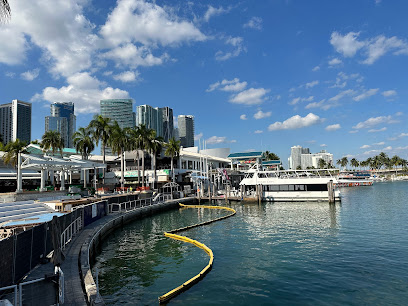
Wynwood Walls
Discover the artistic heartbeat of Miami at Wynwood Walls, an outdoor museum showcasing stunning street art and vibrant murals by world-class artists.
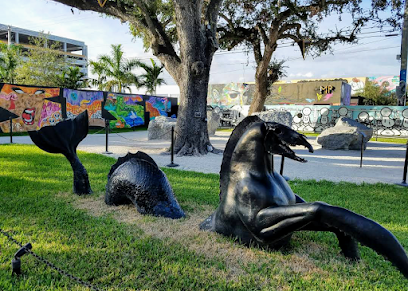
Bayfront Park
Discover the beauty and vibrancy of Bayfront Park, a stunning urban oasis in the heart of Miami, perfect for relaxation and recreation.
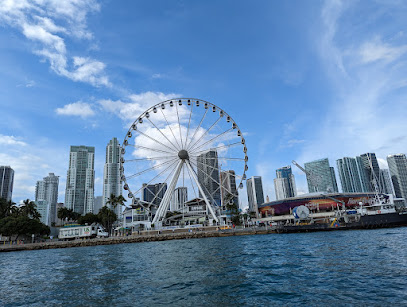
Vizcaya Museum & Gardens
Explore the enchanting Vizcaya Museum & Gardens, a historical landmark blending art, architecture, and stunning gardens in the heart of Miami.
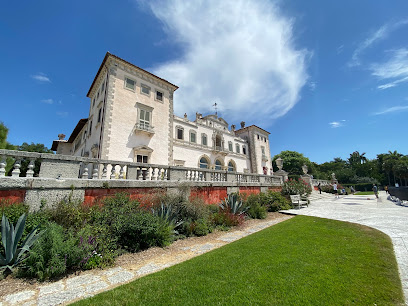
South Pointe Park Pier
Experience the natural beauty and vibrant atmosphere of South Pointe Park Pier, a must-visit destination at the southern tip of Miami Beach.
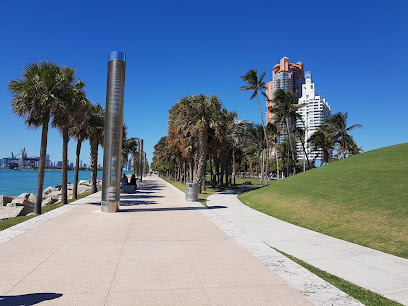
Pérez Art Museum Miami
Discover contemporary art and breathtaking architecture at Pérez Art Museum Miami, where cultural vibrancy meets stunning waterfront views.
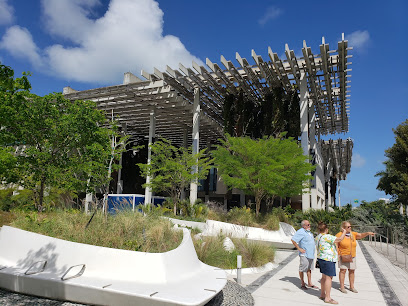
Maurice A. Ferré Park
Discover Maurice A. Ferré Park, a hidden gem in Downtown Miami where lush landscapes meet stunning waterfront views for a perfect urban escape.

Holocaust Memorial Miami Beach
Explore the Holocaust Memorial in Miami Beach, a poignant landmark dedicated to remembrance and educating visitors about the tragic history of the Holocaust.
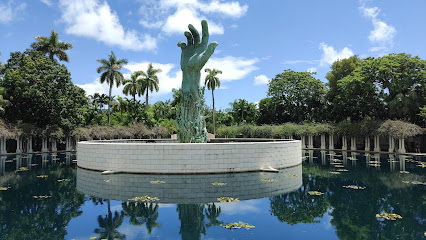
Island Queen Cruises & Tours
Explore Miami's stunning coastline with Island Queen Cruises & Tours, offering scenic boat tours and unforgettable views of Millionaire's Row.

Skyviews Miami Observation Wheel
Discover Miami like never before from the Skyviews Miami Observation Wheel, offering stunning panoramic views of the city and Biscayne Bay.
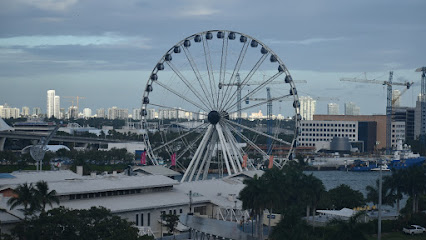
Domino Park
Discover the heart of Little Havana at Domino Park, where culture, community, and the game of dominoes come together in vibrant Miami.
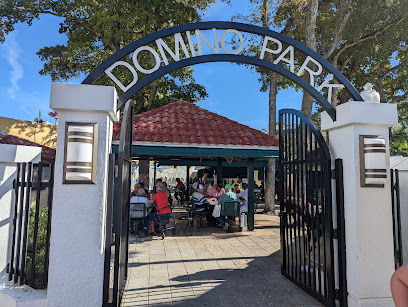
Paradox Experience Miami
Discover the fusion of art and technology at Paradox Experience Miami, a modern art museum that redefines the boundaries of creativity.
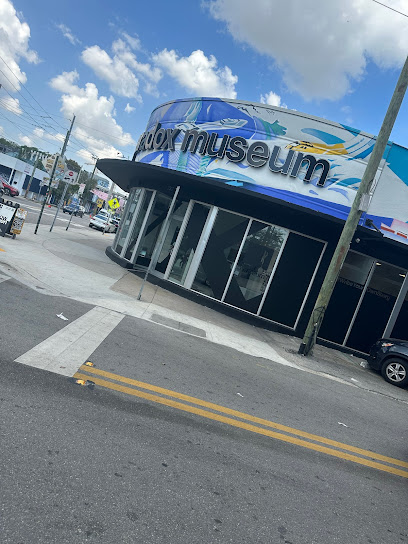
The Barnacle Historic State Park
Explore The Barnacle Historic State Park: A serene escape filled with history, nature, and stunning views in Coconut Grove, Florida.
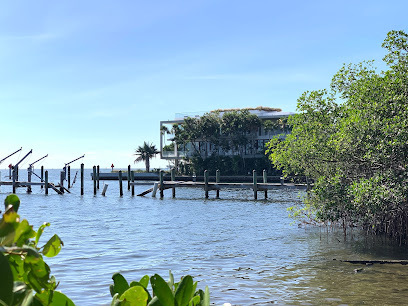
Cuban Memorial Boulevard Park
Explore the serene Cuban Memorial Boulevard Park in Miami, a beautiful tribute to Cuban heritage with stunning monuments and lush gardens.
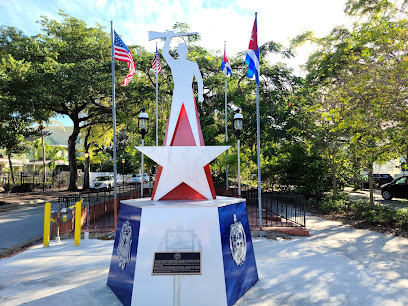
West Venetian Causeway Bridge
Discover the stunning views and charming atmosphere of the West Venetian Causeway Bridge, a must-visit attraction for tourists in Miami.
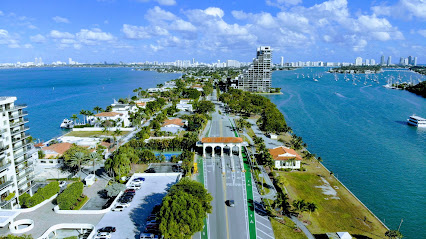
Unmissable attractions to see
Bayside Marketplace
Discover the vibrant shopping and entertainment scene at Bayside Marketplace, Miami's premier waterfront destination for tourists and locals alike.
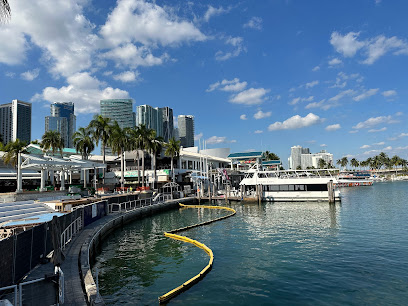
Seminole Hard Rock Hotel & Casino Hollywood, FL
Discover luxury, gaming, and unforgettable entertainment at the Seminole Hard Rock Hotel & Casino in Hollywood, Florida.

Wynwood Walls
Explore the vibrant outdoor museum of Wynwood Walls, where stunning murals and street art come alive in Miami's cultural heart.
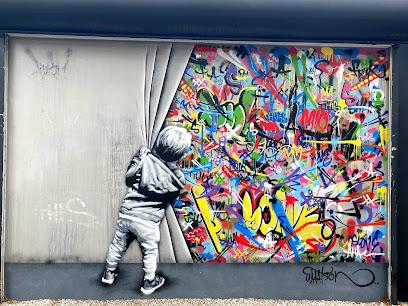
Wynwood Walls
Discover the vibrant street art of Wynwood Walls, Miami's iconic outdoor gallery showcasing world-class murals and creative expressions.
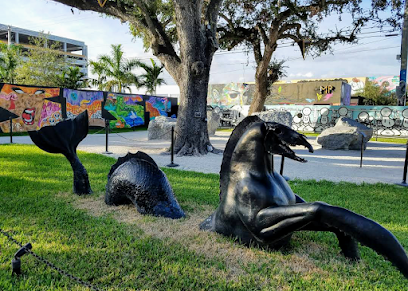
Kaseya Center
Experience thrilling events and concerts at Kaseya Center, Miami's premier arena in the heart of Downtown, where entertainment meets excitement.
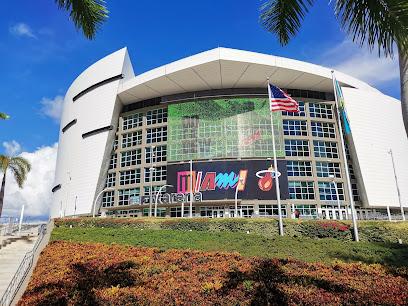
Lummus Park
Discover the vibrant beauty of Lummus Park in Miami Beach, where sun, sand, and fun meet the stunning Atlantic Ocean.
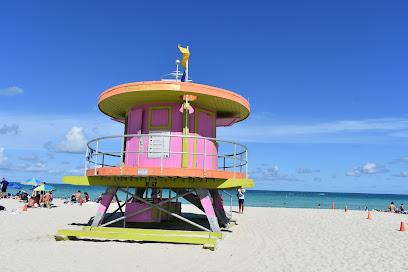
Bayfront Park
Discover the beauty and vibrancy of Bayfront Park, Miami's premier urban park, featuring stunning waterfront views and a lively cultural scene.
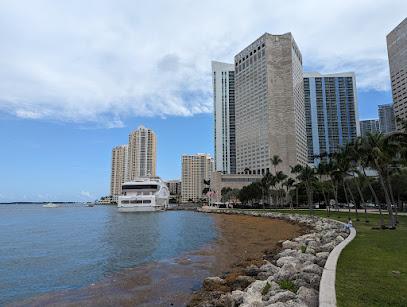
Bayfront Park
Explore Bayfront Park, an urban paradise in Miami featuring scenic views, vibrant events, and lush landscapes along Biscayne Bay.
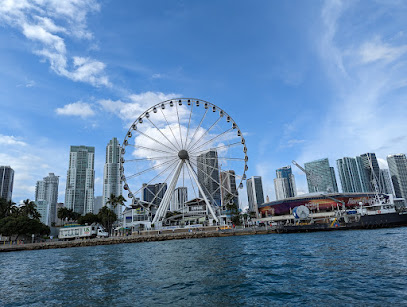
Haulover Park
Discover the vibrant charm of Haulover Park in Miami Beach, where stunning beaches meet lush greenery and endless recreational activities.
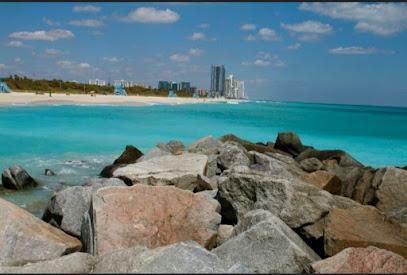
Zoo Miami
Explore the diverse wildlife and lush botanical gardens at Zoo Miami, a top-rated destination for animal lovers and conservation enthusiasts alike.
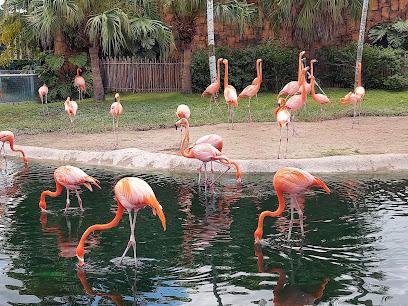
Hard Rock Stadium
Discover the excitement of Hard Rock Stadium, Miami's premier venue for sports, concerts, and unforgettable events in a vibrant atmosphere.
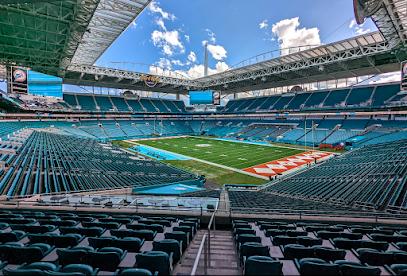
Everglades Holiday Park Airboat Tours and Rides
Experience thrilling airboat rides and witness the breathtaking wildlife of the Everglades at Everglades Holiday Park.
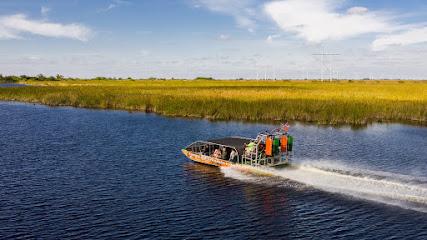
Vizcaya Museum & Gardens
Explore the enchanting Vizcaya Museum & Gardens, a historical landmark showcasing Italian Renaissance architecture and stunning gardens in Miami.

Vizcaya Museum & Gardens
Explore the breathtaking beauty of Vizcaya Museum & Gardens, a historical gem in Miami featuring stunning architecture, gardens, and art.
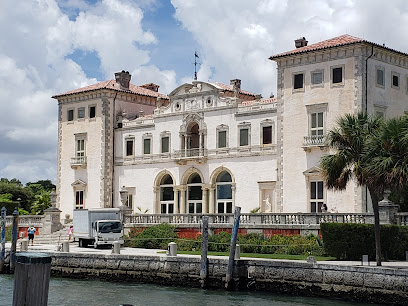
Miami ATV Rentals
Unleash your adventurous spirit at Miami ATV Rentals, where thrilling rides and scenic trails await in the heart of Florida.
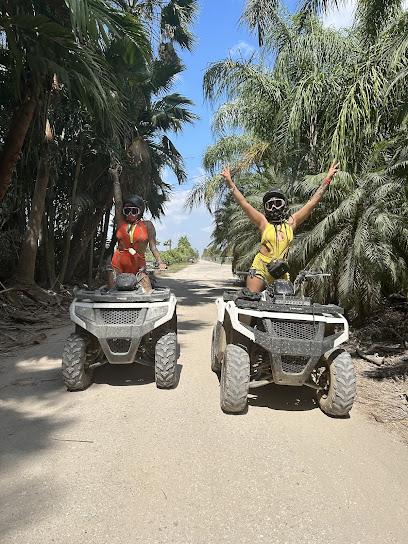
Essential places to dine
CVI.CHE 105
Savor authentic Peruvian cuisine at CVI.CHE 105 in Downtown Miami - A fusion of fresh seafood and exquisite cocktails awaits!
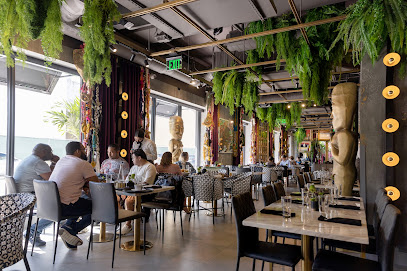
Rusty Pelican Miami
Experience exquisite seafood dining at Rusty Pelican, where stunning views meet culinary excellence in Key Biscayne.
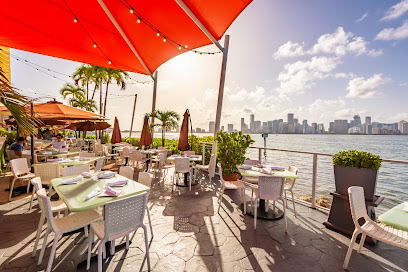
Crazy About You
Discover Crazy About You: A culinary oasis in Downtown Miami offering exquisite American and Spanish dishes with stunning bay views.
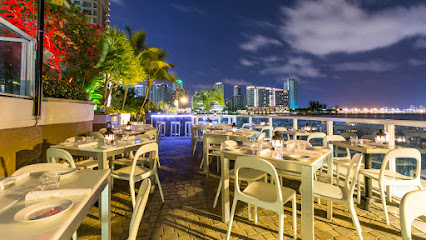
Dolores But You Can Call Me Lolita
Experience a delightful fusion of American and Spanish cuisines at Dolores But You Can Call Me Lolita in vibrant Downtown Miami.
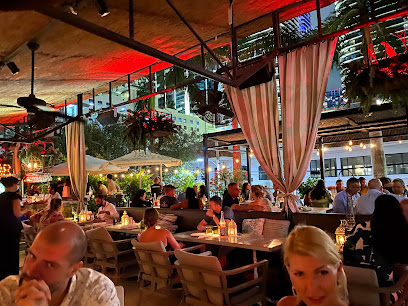
Novecento
Experience the best Argentinian cuisine in Miami at Novecento - where tradition meets modern dining.
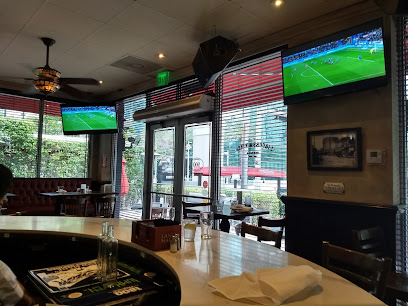
Komodo Miami
Experience exquisite Asian fusion cuisine at Komodo Miami – where culinary artistry meets vibrant nightlife in Downtown Miami.
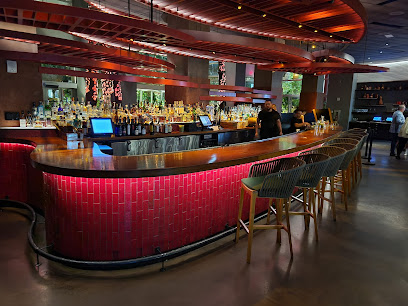
94th Aero Squadron Restaurant
Dine amidst aviation history at Miami's 94th Aero Squadron Restaurant - where great food meets spectacular views.
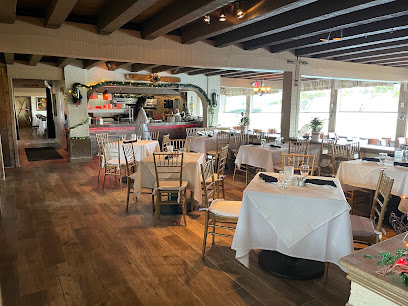
KUSH Wynwood
Discover KUSH Wynwood: A grill haven blending delectable flavors with Miami’s artistic spirit in the heart of Wynwood.
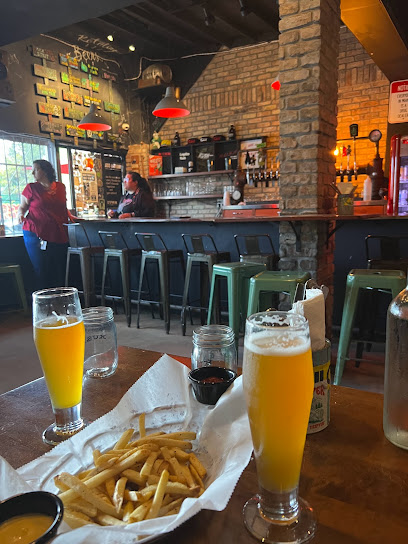
Santorini by Georgios
Experience authentic Greek cuisine at Santorini by Georgios in Miami Beach - where Mediterranean flavors meet stunning ocean views.
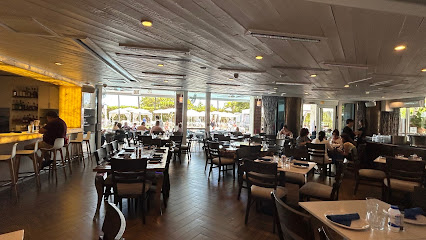
KYU Miami
Discover the art of Asian cuisine at KYU Miami in Wynwood - where flavor meets creativity in every dish.
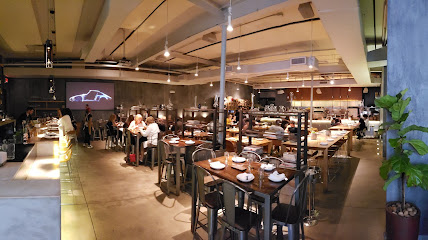
Seaspice Brasserie & Lounge
Experience luxury dining at Seaspice Brasserie & Lounge in Miami, where exquisite flavors meet stunning riverside views.
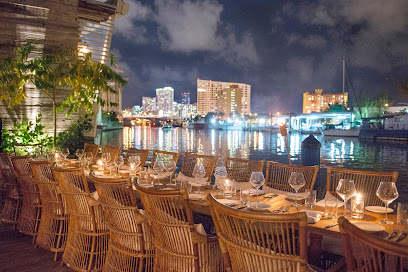
Amara at Paraiso
Experience the rich flavors of Latin America at Amara at Paraiso—Miami's premier waterfront restaurant offering exquisite cuisine and stunning views.
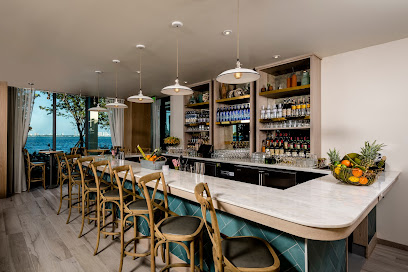
SUGARCANE
Discover SUGARCANE in Miami's Wynwood Art District - where grill meets sushi in an unforgettable dining experience.
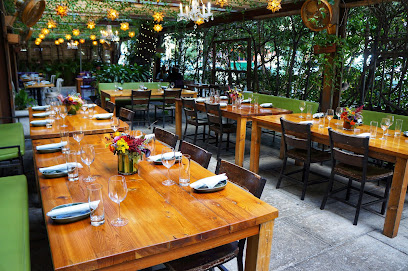
Gyu-Kaku Japanese BBQ
Experience authentic Yakiniku dining at Gyu-Kaku Japanese BBQ in Downtown Miami – where grilling meets great taste!
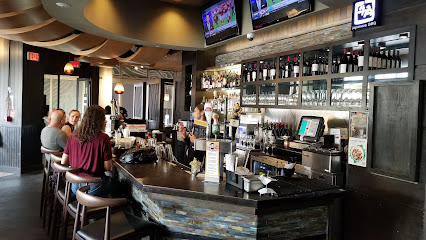
La Mar by Gastón Acurio
Discover the essence of Peruvian cuisine at La Mar by Gastón Acurio in Miami, where tradition meets innovation amid stunning waterfront views.
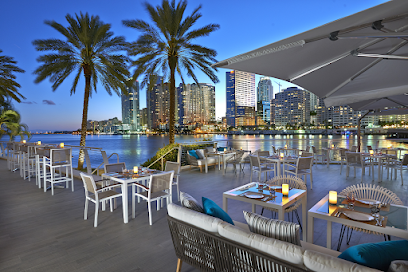
Markets, malls and hidden boutiques
Bayside Marketplace
Explore shopping, dining, and live entertainment at Bayside Marketplace in Downtown Miami, a must-visit destination for tourists.
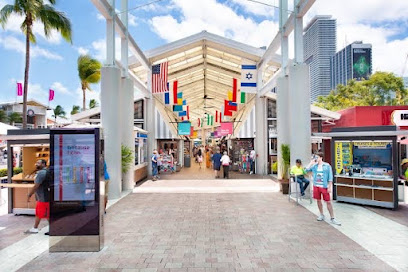
Brickell City Centre
Explore Brickell City Centre: Miami's premier shopping destination with luxury brands, exquisite dining, and vibrant cultural experiences.
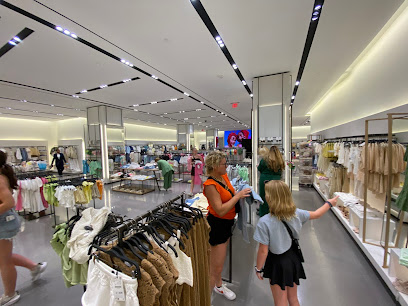
The Shops at Midtown Miami
Discover a vibrant shopping experience at The Shops at Midtown Miami, where fashion meets art in the heart of Wynwood.
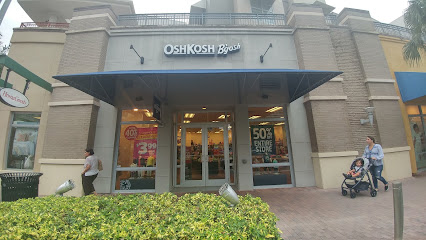
Mary Brickell Village
Discover the vibrant retail and dining scene at Mary Brickell Village, the ultimate shopping destination in downtown Miami.
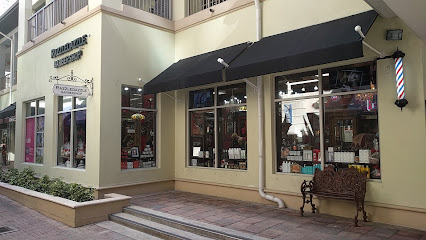
Upper Buena Vista
Discover unique boutiques and vibrant art at Upper Buena Vista, Miami's premier shopping destination for culture and style.

Saks Fifth Avenue
Explore Saks Fifth Avenue in Downtown Miami for an unparalleled luxury shopping experience featuring designer clothing, accessories, and more.
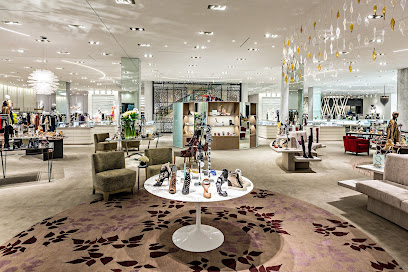
Alvin's Island - Miami Beach #18
Discover the vibrant world of souvenirs and beachwear at Alvin's Island in Miami Beach, where every visit is a new adventure in shopping.
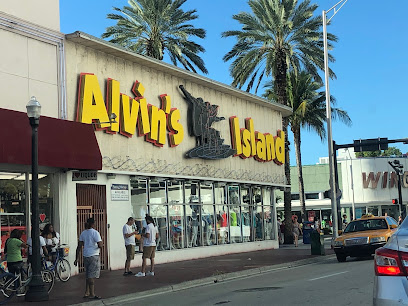
Bath & Body Works
Explore Bath & Body Works in Downtown Miami for exquisite beauty products, delightful candles, and perfect gifts that enchant the senses.
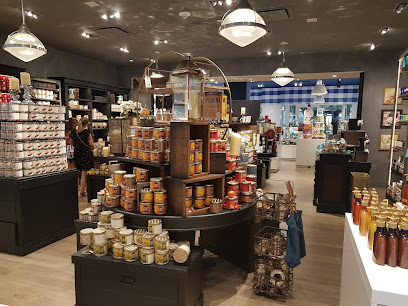
Miami Twice
Discover unique vintage clothing and costumes at Miami Twice, a treasure trove for fashion lovers in Miami, Florida.
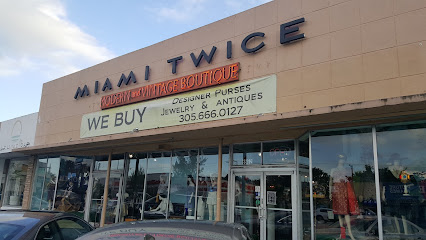
Dragonfly Thrift Boutique
Explore the eclectic charm of Dragonfly Thrift Boutique in Miami, where every visit offers unique finds and supports local charities.
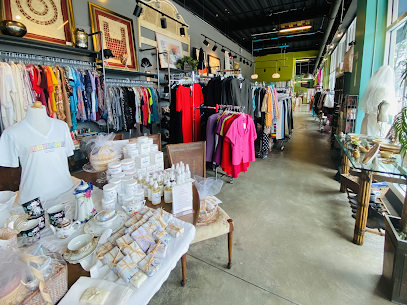
Wynwood Shop
Discover unique gifts and local art at Wynwood Shop, a vibrant gem in Miami's Wynwood Art District, where creativity meets culture.
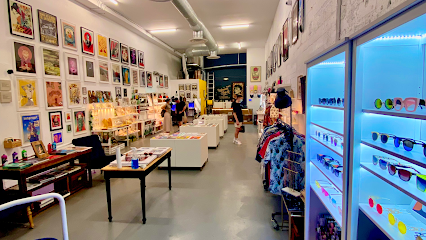
LITTLE HAVANA GIFT SHOP
Explore the vibrant culture of Miami at Little Havana Gift Shop, where authentic Cuban treasures await every visitor.
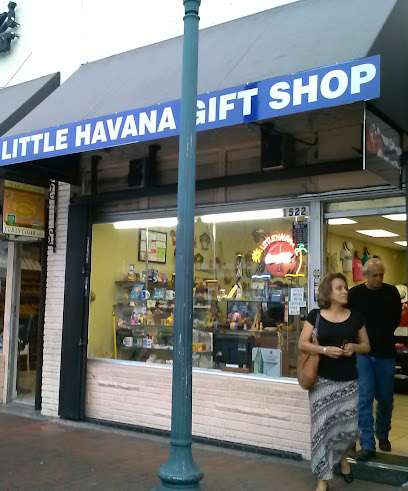
The Harmony Store
Explore The Harmony Store in Downtown Miami for unique gifts, crystals, and alternative healing supplies, embracing wellness and tranquility.
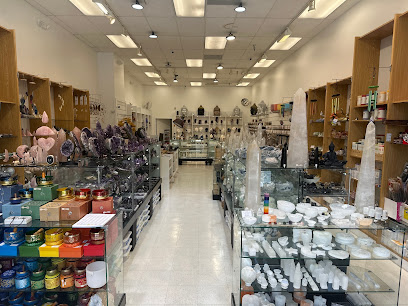
Lotus House Thrift Chic Boutique
Shop sustainably at Lotus House Thrift Chic Boutique in Miami, where unique fashion finds support women and children in need.

OFY
Discover the essence of Miami fashion at OFY, a stylish boutique in Wynwood offering trendy men's clothing, accessories, and more.
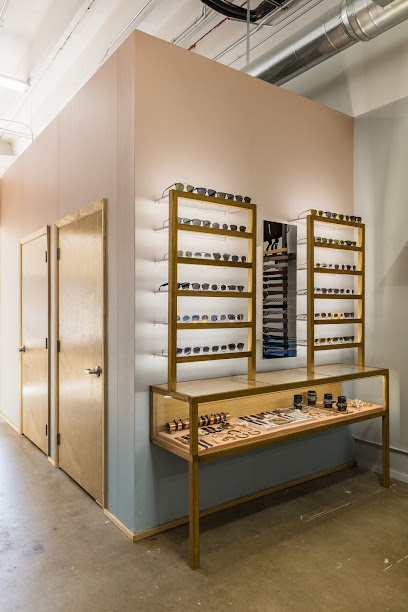
Essential bars & hidden hideouts
Blackbird Ordinary
Discover the vibrant nightlife of Miami at Blackbird Ordinary, a premier bar featuring live music and expertly crafted cocktails in a lively atmosphere.
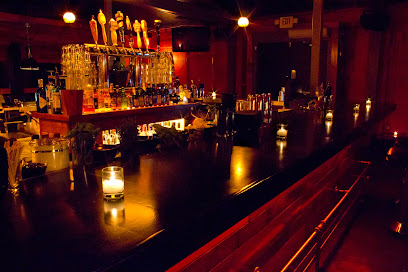
Gramps
Experience the vibrant nightlife of Wynwood at Gramps, a bar known for its cocktails, live music, and delicious pizza in Miami.

The Anderson
Experience the pulse of Miami nightlife at The Anderson, a trendy bar and nightclub featuring craft cocktails, eclectic music, and a vibrant atmosphere.
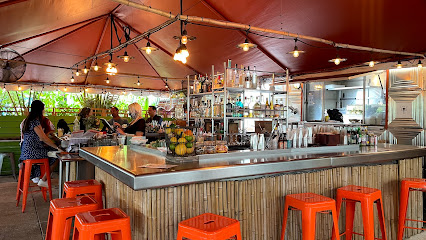
The Corner
Experience the vibrant nightlife of Miami at The Corner, where handcrafted cocktails and a welcoming atmosphere await.
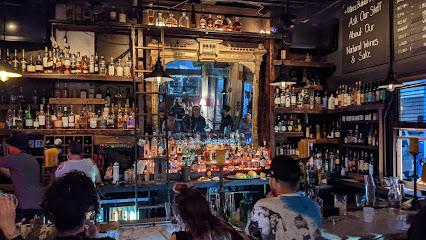
Bar Nancy
Discover the vibrant ambiance of Bar Nancy in Little Havana, Miami's premier live music bar serving delightful cocktails and barbecue in an unforgettable setting.
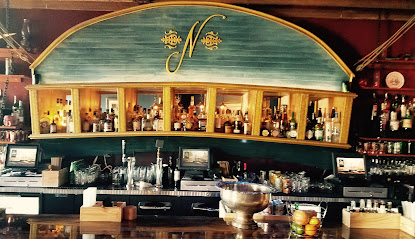
Better Days
Discover Better Days, a vibrant cocktail bar in Downtown Miami, offering crafted drinks, live music, and an unforgettable nightlife experience.
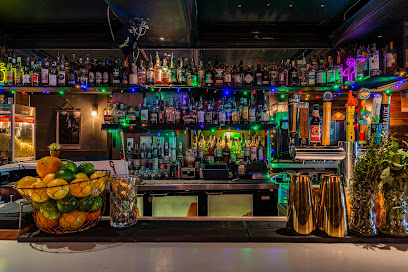
Baby Jane Cocktail House & Noodle Bar
Experience the vibrant fusion of Asian flavors and innovative cocktails at Baby Jane Cocktail House & Noodle Bar in Downtown Miami.
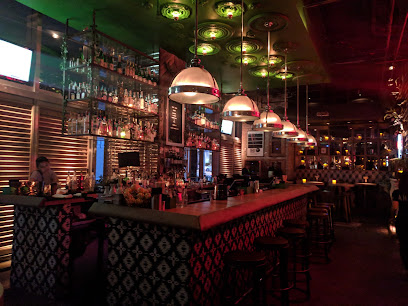
Mama Tried
Experience the essence of Miami nightlife at Mama Tried, a stylish bar offering crafted cocktails and a vibrant lounge atmosphere.
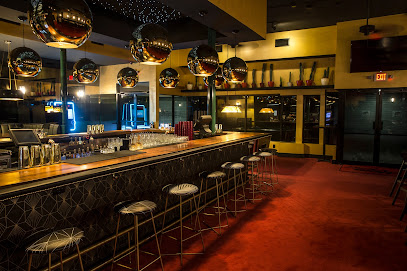
Casa Florida Miami
Experience the vibrant flavors of Miami at Casa Florida, a cocktail bar and restaurant in Little Havana offering delicious Floridian cuisine and creative cocktails.
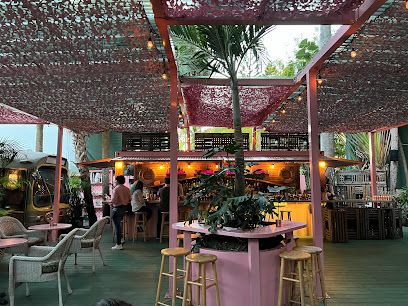
Jaguar Sun
Jaguar Sun: A vibrant cocktail bar and restaurant in Downtown Miami, offering exquisite drinks and a lively atmosphere for unforgettable nights.
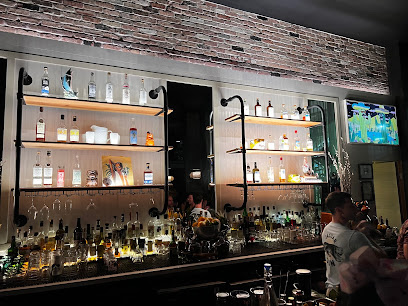
MO Bar & Lounge
Discover the elegance of MO Bar & Lounge, a premier Miami destination for exquisite cocktails and breathtaking views of the skyline.
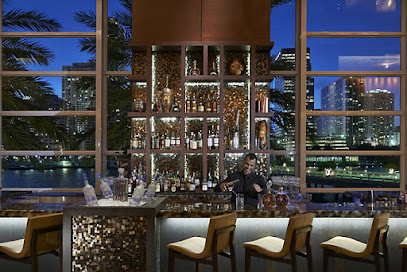
The Sylvester
Discover The Sylvester, Wynwood's charming cocktail bar, where creative drinks meet a cozy, vintage atmosphere for an unforgettable night out in Miami.
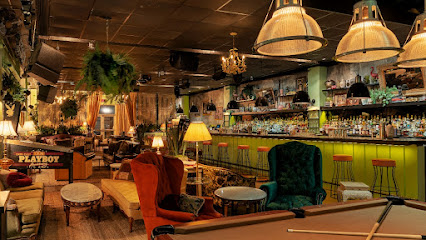
Minibar
Discover the cozy charm of Minibar, a cocktail and wine bar in Miami Beach, perfect for unwinding and experiencing local nightlife.
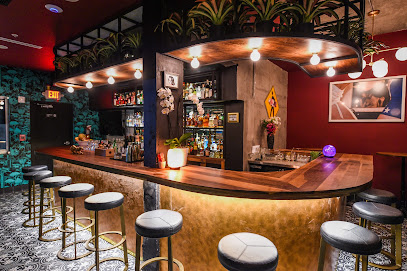
The ScapeGoat
Discover the essence of Miami nightlife at The ScapeGoat, a vibrant cocktail bar offering innovative drinks in a chic setting.
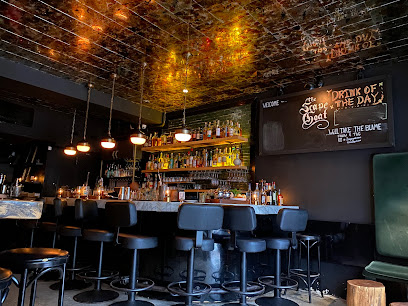
Tipsy Flamingo Cocktail Bar
Experience Miami's vibrant nightlife at Tipsy Flamingo Cocktail Bar, where creative cocktails and lively music create unforgettable moments.
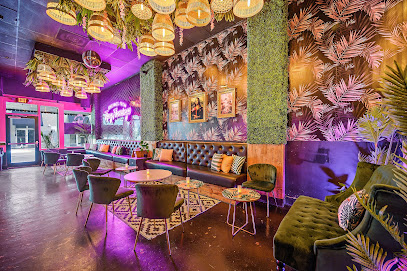
Local Phrases
-
- HelloHola
[oh-lah] - GoodbyeAdiós
[ah-dee-ohs] - YesSí
[see] - NoNo
[noh] - Please/You're welcomePor favor/De nada
[pohr fah-vohr/deh nah-dah] - Thank youGracias
[grah-see-ahs] - Excuse me/SorryDisculpe/Perdón
[dee-skool-peh/pehr-dohn] - How are you?¿Cómo estás?
[koh-moh ehs-tahs] - Fine. And you?Bien. ¿Y tú?
[byen. ee too] - Do you speak English?¿Hablas inglés?
[ah-blahs een-glehs] - I don't understandNo entiendo
[noh ehn-tyen-doh]
- HelloHola
-
- I'd like to see the menu, pleaseMe gustaría ver el menú, por favor
[meh goos-tah-ree-ah behr ehl meh-noo, poor fah-vohr] - I don't eat meatNo como carne
[noh koh-moh kahr-neh] - Cheers!¡Salud!
[sah-lood] - I would like to pay, pleaseMe gustaría pagar, por favor
[meh goos-tah-ree-ah pah-gahr, poor fah-vohr]
- I'd like to see the menu, pleaseMe gustaría ver el menú, por favor
-
- Help!¡Ayuda!
[ah-yoo-dah] - Go away!¡Vete!
[veh-teh] - Call the Police!¡Llama a la Policía!
[yah-mah ah lah poh-lee-see-ah] - Call a doctor!¡Llama a un médico!
[yah-mah ah oon meh-dee-koh] - I'm lostEstoy perdido
[ehs-toy pehr-dee-doh] - I'm illEstoy enfermo
[ehs-toy ehn-fehr-moh]
- Help!¡Ayuda!
-
- I'd like to buy...Me gustaría comprar...
[meh goos-tah-ree-ah kohm-prahr] - I'm just lookingSólo estoy mirando
[soh-loh ehs-toy meer-ahn-doh] - How much is it?¿Cuánto cuesta?
[kwan-toh kwehs-tah] - That's too expensiveEso es demasiado caro
[eh-soh ehs deh-mah-see-ah-doh kah-roh] - Can you lower the price?¿Puedes bajar el precio?
[pweh-dehs bah-hahr ehl pree-syoh]
- I'd like to buy...Me gustaría comprar...
-
- What time is it?¿Qué hora es?
[keh oh-rah ehs] - It's one o'clockEs la una en punto
[ehs lah oo-nah ehn poon-toh] - Half past (10)Las diez y media
[lahs dyehs ee meh-dee-ah] - MorningMañana
[mah-nyah-nah] - AfternoonTarde
[tahr-deh] - EveningNoche
[noh-cheh] - YesterdayAyer
[ah-yehr] - TodayHoy
[oy] - TomorrowMañana
[mah-nyah-nah] - 1Uno
[oo-noh] - 2Dos
[dohs] - 3Tres
[trehs] - 4Cuatro
[kwah-troh] - 5Cinco
[seen-koh] - 6Seis
[says] - 7Siete
[syeh-teh] - 8Ocho
[oh-choh] - 9Nueve
[nweh-veh] - 10Diez
[dyehs]
- What time is it?¿Qué hora es?
-
- Where's a/the...?¿Dónde está...?
[dohn-deh ehs-tah] - What's the address?¿Cuál es la dirección?
[kwal ehs lah dee-rehk-syohn] - Can you show me (on the map)?¿Puedes mostrarme (en el mapa)?
[pweh-dehs mohs-trar-meh (ehn ehl mah-pah)] - When's the next (bus)?¿Cuándo es el próximo (autobús)?
[kwan-doh ehs ehl proh-see-moh (ow-toh-boos)] - A ticket (to ....)Un boleto (a ...)
[oon boh-leh-toh (ah ...)]
- Where's a/the...?¿Dónde está...?
History of Miami
-
Long before Miami became the vibrant city it is today, it was inhabited by the Tequesta tribe. The Tequesta people lived in the area for over a thousand years before the arrival of European explorers. Their society was based on fishing and gathering, and they built complex villages along the Miami River.
-
In 1513, Spanish explorer Juan Ponce de León arrived in the region. The Spanish claimed the area but did not establish a permanent settlement. Missionaries attempted to convert the Tequesta to Christianity, but diseases brought by the Europeans significantly reduced the indigenous population.
-
Miami was officially incorporated as a city on July 28, 1896. Julia Tuttle, often called the 'Mother of Miami,' played a crucial role in its development. She persuaded railroad magnate Henry Flagler to extend his Florida East Coast Railway to the area, which spurred rapid growth and development.
-
The 1920s brought a massive real estate boom to Miami. Developers promoted the city as a tropical paradise, attracting thousands of new residents and investors. This period saw the construction of iconic buildings and neighborhoods, many of which still stand today. However, the boom ended abruptly with the 1926 Miami Hurricane and the subsequent economic downturn.
-
During World War II, Miami became a crucial military hub. The city hosted numerous military training facilities and airfields. The influx of military personnel and their families contributed to Miami's post-war population growth and economic development.
-
The Cuban Revolution of 1959 led to a significant wave of Cuban immigrants to Miami. This influx transformed the city's cultural landscape, particularly in neighborhoods like Little Havana. The Cuban community's influence is evident in Miami's cuisine, music, art, and festivals.
-
In recent decades, Miami has grown into a global metropolis and a major international hub for finance, commerce, culture, and tourism. The city is known for its diverse population, vibrant arts scene, and iconic skyline. Miami continues to attract people from around the world, contributing to its dynamic and ever-evolving character.
Miami Essentials
-
Miami is well-connected by air, road, and sea. Miami International Airport (MIA) is the primary airport, offering flights from major cities worldwide. Fort Lauderdale-Hollywood International Airport (FLL) is another nearby option, located about 30 miles north of Miami. For those driving, Interstate 95 (I-95) runs along the East Coast, making Miami accessible by car. Additionally, Miami is a major cruise hub with the Port of Miami serving as a departure point for many Caribbean cruises.
-
Miami offers various transportation options. The Metrorail and Metromover systems provide convenient access to many parts of the city. Metrobus services are also available for areas not covered by rail. Taxis and rideshare services like Uber and Lyft are widely used. Renting a car is an option but be prepared for traffic and parking challenges. For a unique experience, consider using the city's bike-sharing program, Citi Bike.
-
The official currency in Miami is the US Dollar (USD). Credit and debit cards are widely accepted in most establishments. ATMs are plentiful throughout the city, including at the airport, hotels, and major attractions. It is advisable to carry some cash for smaller vendors, especially at local markets and food trucks.
-
Miami is generally safe for tourists, but certain areas have higher crime rates. Avoid neighborhoods like Overtown and Liberty City, especially after dark. Stick to well-populated and well-lit areas, particularly in downtown Miami and South Beach. Keep an eye on your belongings in crowded places and be cautious when using ATMs at night.
-
In case of emergency, dial 911 for police, fire, or medical assistance. Miami has numerous hospitals and urgent care facilities, including Jackson Memorial Hospital and Mount Sinai Medical Center. It is advisable to have travel insurance that covers medical emergencies. For minor health issues, there are many pharmacies throughout the city.
-
Fashion: Do dress comfortably and casually, but upscale attire is recommended for high-end restaurants and nightclubs. Avoid overly revealing clothing in family-friendly areas. Religion: Do respect religious sites by dressing modestly and observing any specific customs. Public Transport: Do be courteous to fellow passengers and keep noise levels down. Don't eat or drink on public transport. Greetings: Do greet people with a smile or a handshake. In casual settings, a simple 'Hi' or 'Hello' is sufficient. Eating & Drinking: Do try the local cuisine, including Cuban and Caribbean dishes. Don't forget to tip, as it is customary in the United States.
-
To experience Miami like a local, visit neighborhoods like Little Havana for a taste of Cuban culture, or Wynwood for its vibrant art scene. Try to attend local events such as Art Basel or the Miami International Film Festival. For the best Cuban coffee, head to a local ventanita (coffee window). Visit local farmers' markets for fresh produce and unique finds.
Trending Landmark in Miami
-
Bayside Marketplace
-
Wynwood Walls
-
Bayfront Park
-
Vizcaya Museum & Gardens
-
South Pointe Park Pier
-
Pérez Art Museum Miami
-
Maurice A. Ferré Park
-
Holocaust Memorial Miami Beach
-
Island Queen Cruises & Tours
-
Skyviews Miami Observation Wheel
-
Domino Park
-
Paradox Experience Miami
-
The Barnacle Historic State Park
-
Cuban Memorial Boulevard Park
-
West Venetian Causeway Bridge
Nearby Cities to Miami
-
Things To Do in Fort Lauderdale
-
Things To Do in Homestead
-
Things To Do in Key Largo
-
Things To Do in Bimini
-
Things To Do in Stuart
-
Things To Do in Lucaya
-
Things To Do in Freeport
-
Things To Do in Ft. Pierce
-
Things To Do in Fort Myers
-
Things To Do in Cape Coral
-
Things To Do in Key West
-
Things To Do in Sebring
-
Things To Do in Andros Town
-
Things To Do in Sarasota
-
Things To Do in Nassau


















